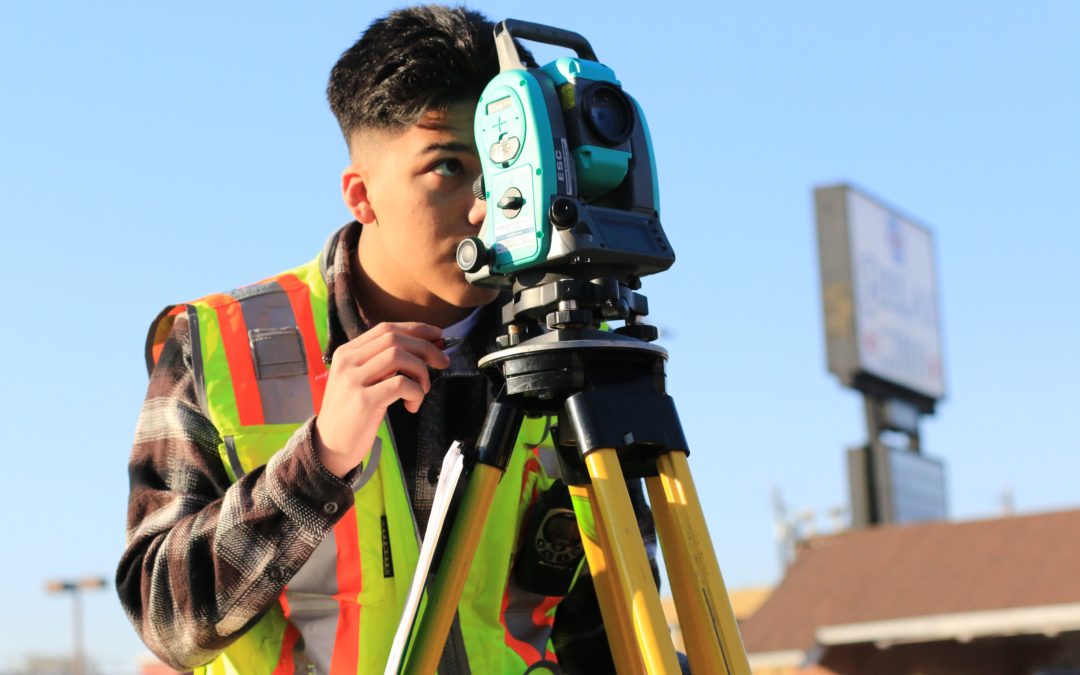Photo by Scott Blake on Unsplash
Many businesses do not understand what classifies a worker an employee as opposed to an independent contractor.
I have heard of some businesses that hire workers on a “trial basis” as an independent contractor and then consider hiring them as an “employee” after they “satisfactorily” complete some type of probationary period.
Other businesses believe that because someone is only working temporarily, they can be classified as an independent contractor is appropriate.
Then there is the company that lures someone out of retirement to handle some “project work”. ‘Why not bring them on as an independent contractor’ they figure.
New Jersey has made it clear that they plan on punishing businesses who do not properly classify workers.
The New Jersey Supreme Court recently upheld a Department of Labor ruling that that a drywall company misclassified a group of employees as independent contractors and, therefore, owes the state over $42,000 in unpaid unemployment and temporary disability contributions for those workers.
Although a DOL audit is many times triggered by a complaint, there are other red flags that can cause an audit. One in particular is the “independent contractor” working solely for one company who is laid off and seeks unemployment benefits. When the state reviews the company’s payroll records and sees that the company did not pay payroll taxes on behalf of this employee, nor did they make the necessary unemployment insurance deductions, the Department of Labor will be quick to audit them.
In New Jersey, the test used to identify an independent contractor is the ABC Test. This test has also been adopted by over 20 other states. Other states, such as New York, use the Common Law Test.
No matter how large or small a business, companies can’t afford to misclassify their workers.
Marzano Human Resources Consulting has assisted businesses in accurately classifying workers. We use a process that covers all the points detailed in both independent contractor tests to ensure compliance with state and federal worker classification laws.

